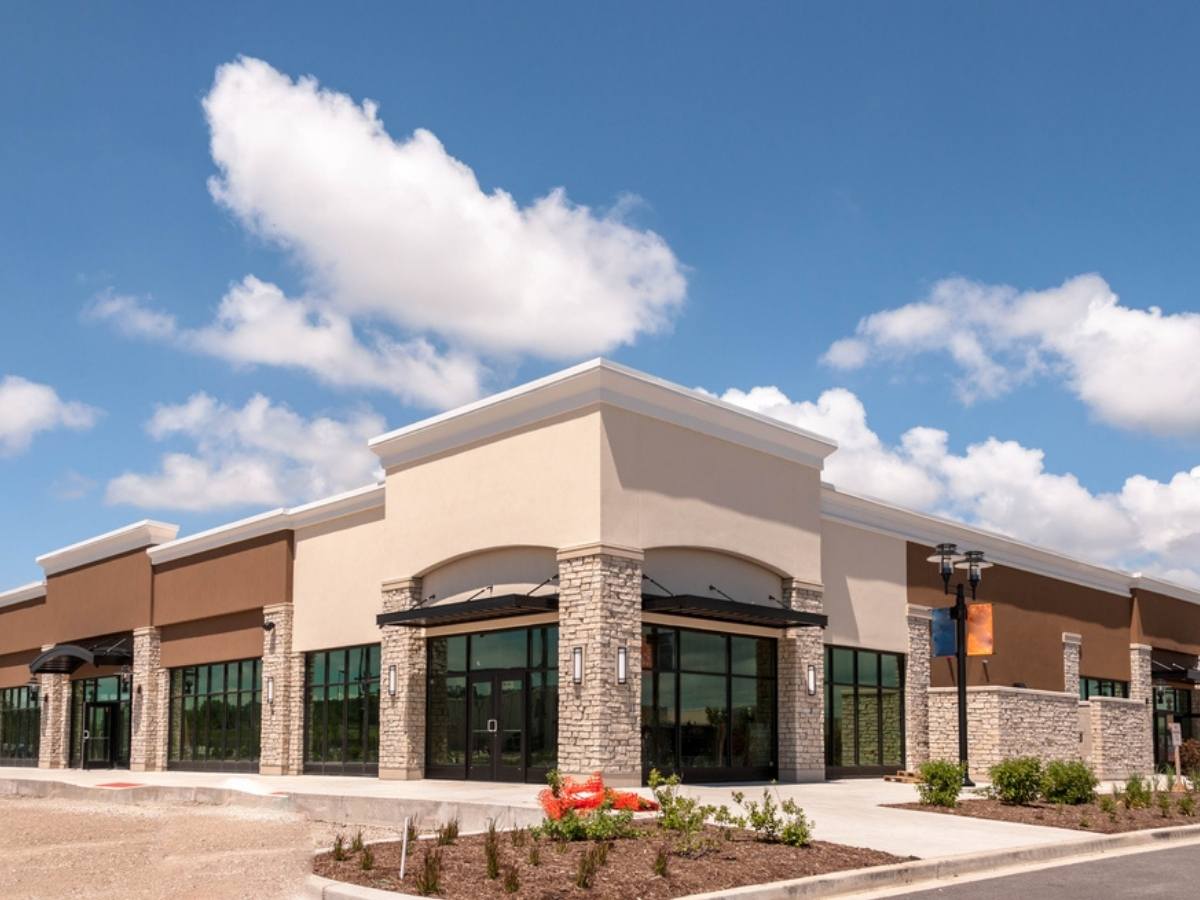The costs associated with renovating your commercial property can add up quickly if you’re not intentional with your design. It’s important to work with your design team–both your architect and contractor–to make sure your project stays within budget. To help you out with this goal, here are four ways to keep your commercial renovation costs down.
Keep as many existing elements as possible.
Unless your existing space is extremely outdated, deteriorating and unsafe, or not functioning the way you need it to, it is in your best financial interest to keep as many of the existing elements and as much of the existing infrastructure as possible. Try to focus your renovation efforts on areas that truly need it so you can get the greatest value for your money.
Minimize new plumbing work.
New plumbing work can really drive up project costs. Running new plumbing piping may require cutting into the existing floor slab, which in turn may require slab scans or x-rays to make sure you don’t interfere with other existing systems or reinforcement. Adding new plumbing could also mean the existing water heater is no longer an appropriate size, and a new one with a larger capacity is needed. Minimizing new plumbing work will help avoid these extra line items in your project budget.
Send out a Request for Proposal to multiple contractors.
Just like you might shop around to find the best deal on a new car or large piece of equipment, you can shop around to find the most cost-effective contractor. A Request for Proposal (RFP) is a way to get pricing and timeline estimates from construction firms based on your project’s scope of work. If you send RFPs to multiple contractors, you can compare the estimates and choose the one that is most in line with your project budget.
Get a la carte design services.
Finding commercial architecture firms that offer a la carte design services, like Gensburg Ltd, is a great potential way to keep your renovation project costs down. If you get quotes from multiple firms for the different design phases of your project, from programming and schematic design all the way to applying for a building permit, you can decide who to work with when, and tailor your project design plan to your budget.

